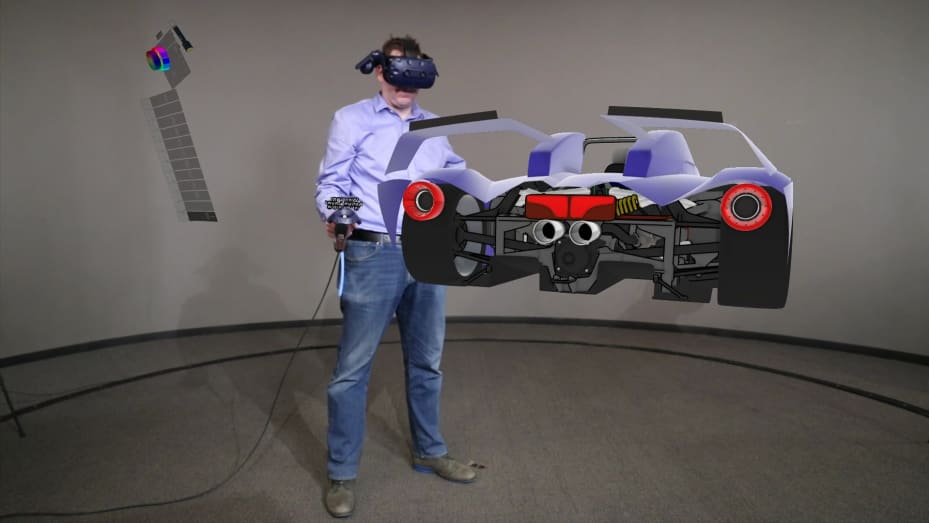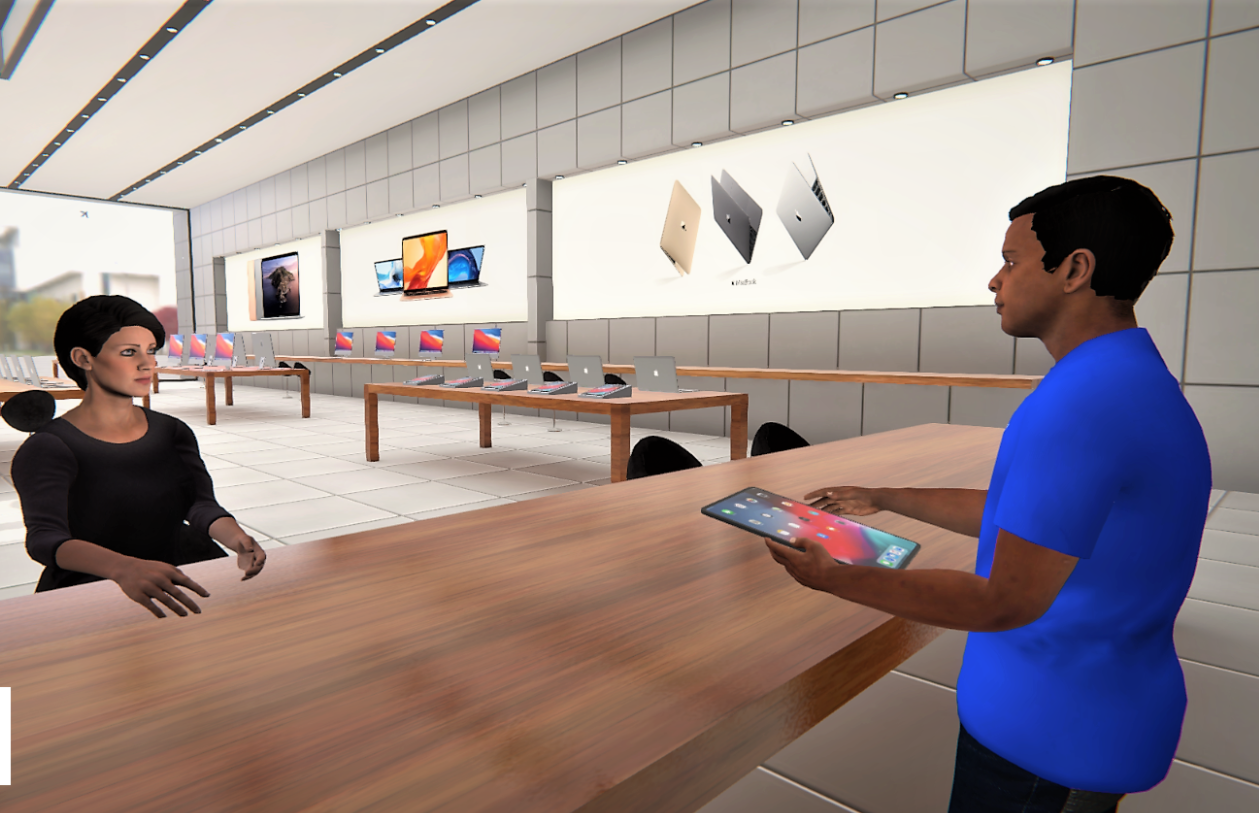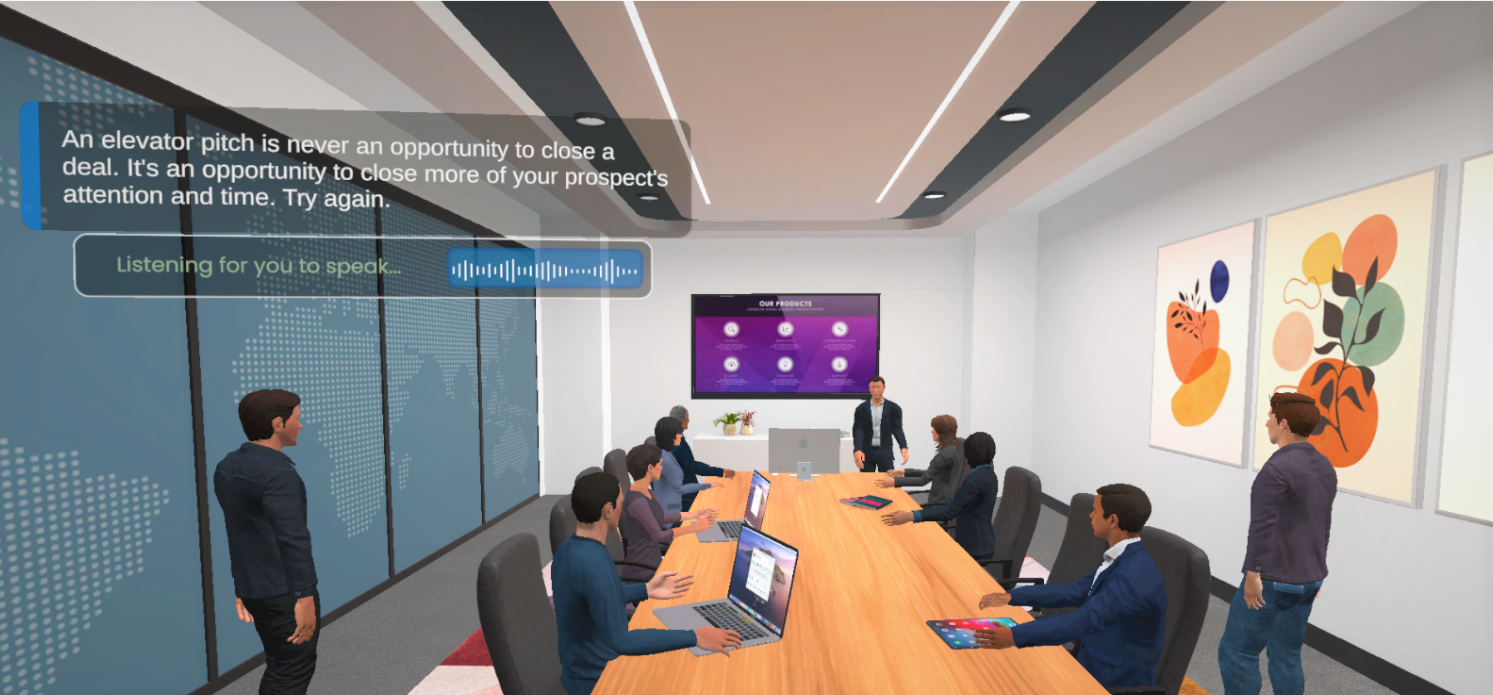As a lifelong advocate for continuous learning and personal growth, I’ve always been intrigued by the innovative ways technology is reshaping the landscape of education and professional development. In this blog, I’m excited to delve into the exciting world of Virtual Reality Leadership Training, exploring real industry use cases that are changing the way we prepare and empower our leaders.
1. Immersive Onboarding
Let’s start with one of the most crucial phases in a leader’s journey: onboarding. Companies like Walmart have leveraged VR to provide immersive onboarding experiences for their leaders. Instead of traditional orientation methods, new managers can now step into a virtual store environment, navigating through various scenarios, and learning how to manage their teams efficiently. This approach not only accelerates the learning curve but also reduces the pressure on new leaders, allowing them to make mistakes and learn from them in a risk-free virtual space.

2. Crisis Management Training
Effective crisis management is a skill that can define a leader’s legacy. Airlines, for instance, have turned to VR to train their pilots and senior crew members in handling emergency situations. Virtual reality simulates various in-flight emergencies, enabling leaders to practice their decision-making skills in a high-pressure environment. By repeatedly facing these scenarios in VR, leaders build confidence and competence, which can prove invaluable in real-life crisis situations.
3. Diversity and Inclusion Workshops
Diversity and inclusion are not just buzzwords; they are crucial aspects of effective leadership in today’s globalized world. Companies like Google have incorporated VR into their diversity and inclusion training programs. Leaders can step into simulations where they must navigate challenging conversations, confront unconscious biases, and promote an inclusive workplace. This immersive approach helps leaders better understand the experiences of their diverse team members and equips them with the tools to foster a more inclusive work environment.
4. Team Building and Collaboration
Leadership isn’t just about individual skills; it’s also about fostering a cohesive and collaborative team. VR can be a powerful tool for building and strengthening teams. Companies like Ford have used VR simulations to bring together geographically dispersed teams for virtual team-building exercises. Leaders and team members can interact in a shared virtual space, solving problems and working on projects together, regardless of their physical locations. This not only improves teamwork but also prepares leaders for the challenges of managing remote and distributed teams.

5. Leadership Communication Training
Effective communication is at the core of leadership success. VR can help leaders hone their communication skills in realistic settings. For example, medical professionals at institutions like the Cleveland Clinic use VR to practice communicating sensitive information to patients and their families. These simulations allow leaders to refine their bedside manner, empathy, and communication techniques in a controlled environment. Such training can be a game-changer for leaders in healthcare and other fields where effective communication is critical.

6. Conflict Resolution and Negotiation
Conflict is an inevitable part of leadership. Whether it’s resolving disputes within a team or negotiating with external stakeholders, leaders must be skilled in conflict resolution and negotiation. VR can simulate these challenging situations, allowing leaders to practice their mediation and negotiation skills. Companies like Deloitte have incorporated VR into their leadership development programs to help leaders become more effective at handling conflicts and reaching mutually beneficial agreements.
7. Ethical Decision-Making
Ethical dilemmas can be some of the most difficult challenges leaders face. Companies like PwC have embraced VR to immerse leaders in ethical decision-making scenarios. Leaders are presented with complex ethical dilemmas and must make decisions that align with their organization’s values. The consequences of their choices are played out in the VR environment, providing valuable feedback and promoting ethical leadership behavior.
8. Stress Management and Well-being
Leadership can be incredibly stressful, and burnout is a real concern. To help leaders manage stress and prioritize well-being, VR mindfulness and stress management programs have emerged. Leaders can escape to serene virtual environments, practice mindfulness exercises, and learn stress-reduction techniques. This not only enhances their personal well-being but also equips them with tools to support the mental health of their teams.
9. Environmental Leadership
In today’s environmentally conscious world, leaders are increasingly expected to demonstrate environmental stewardship. VR can be used to immerse leaders in environmental scenarios, allowing them to explore sustainability challenges and make decisions with environmental impacts in mind. For instance, organizations in the energy sector use VR to train leaders in renewable energy practices and sustainability initiatives.
10. Customer Experience Enhancement
Leaders must understand and prioritize the customer experience. In industries like retail and hospitality, VR is being used to train leaders in delivering exceptional customer service. Leaders can step into virtual stores or hotels, interact with virtual customers, and learn how to handle various customer service scenarios effectively. This training empowers leaders to champion customer-centricity within their organizations.

How can I create VR leadership training content?
VR leadership training content can be added to learning and development programs in three primary ways:
- The procurement of premade, or off-the-shelf VR training content libraries
- Creating custom VR training content through methods like using a no-code custom VR training content creation tool
- Creating tailored VR leadership training programs that combine off-the-shelf content that is available on the market with custom VR training modules
Whether adopting an existing VR training content library, creating custom VR training content, or a combination of the two is the right fit for you will be determined by your learning objectives. For example, onboarding for new leaders and training for common managerial training scenarios can be accomplished through off-the-shelf VR training modules given that those are common training use cases.
However, situations where incorporating your company’s unique culture, operations, and circumstances into VR training modules will require custom VR modules to be created for your specific training goals.
Conclusion
In conclusion, the world of Virtual Reality Leadership Training is expanding rapidly, offering innovative solutions to prepare and empower leaders across various industries. These real industry use cases demonstrate the versatility and effectiveness of VR in developing leadership skills, from onboarding to crisis management, diversity and inclusion, team building, communication, and ethical decision-making.

